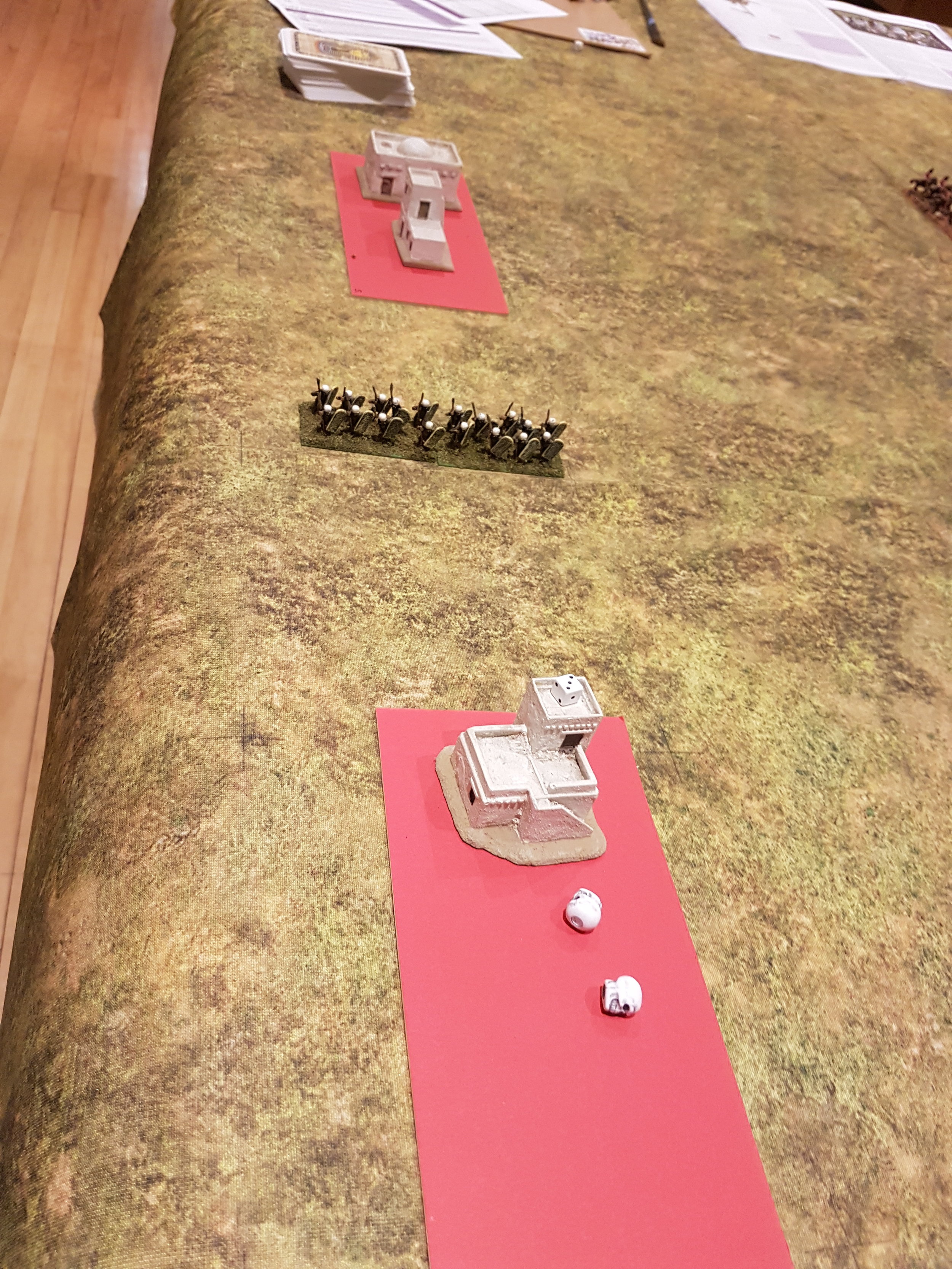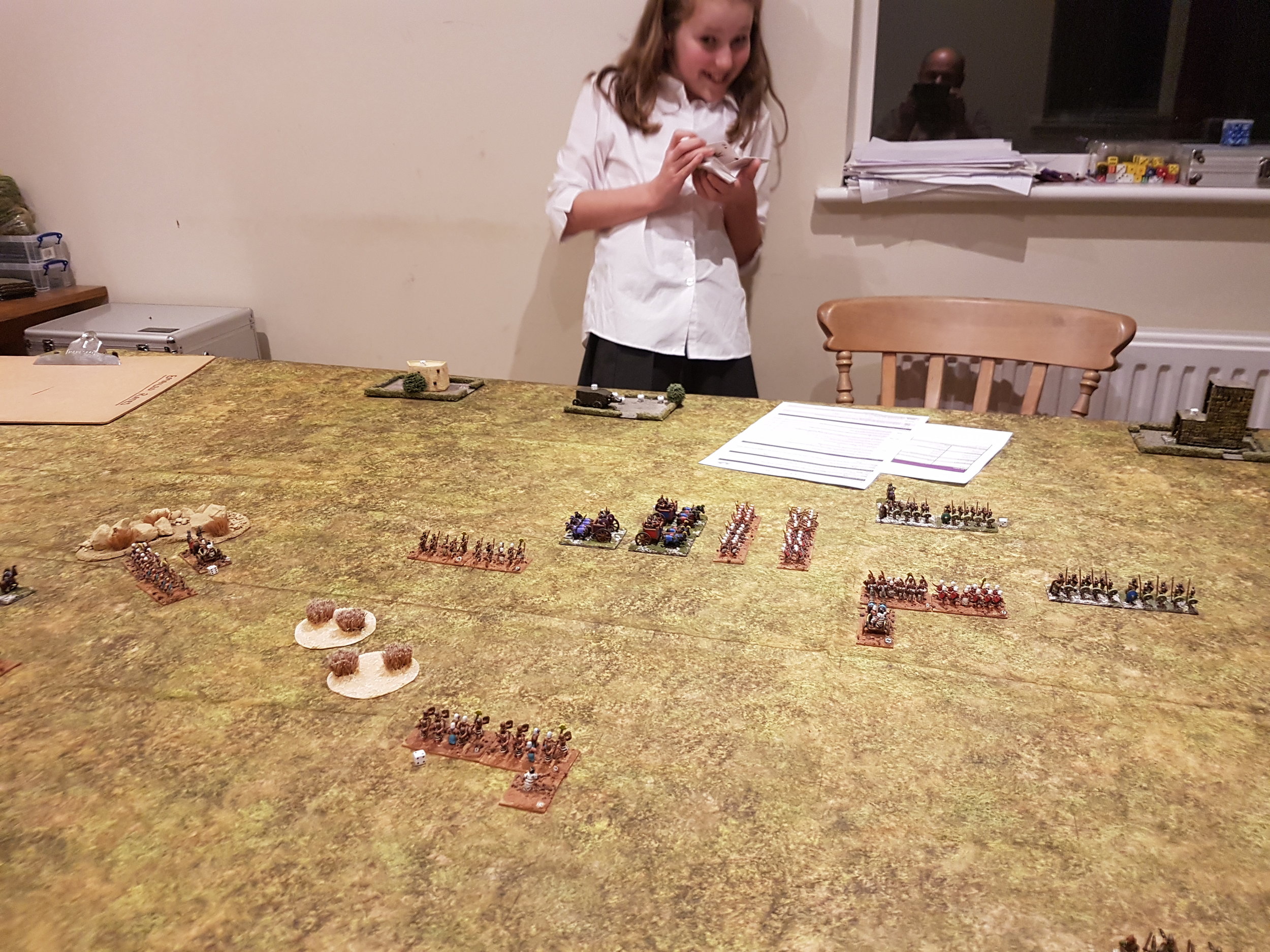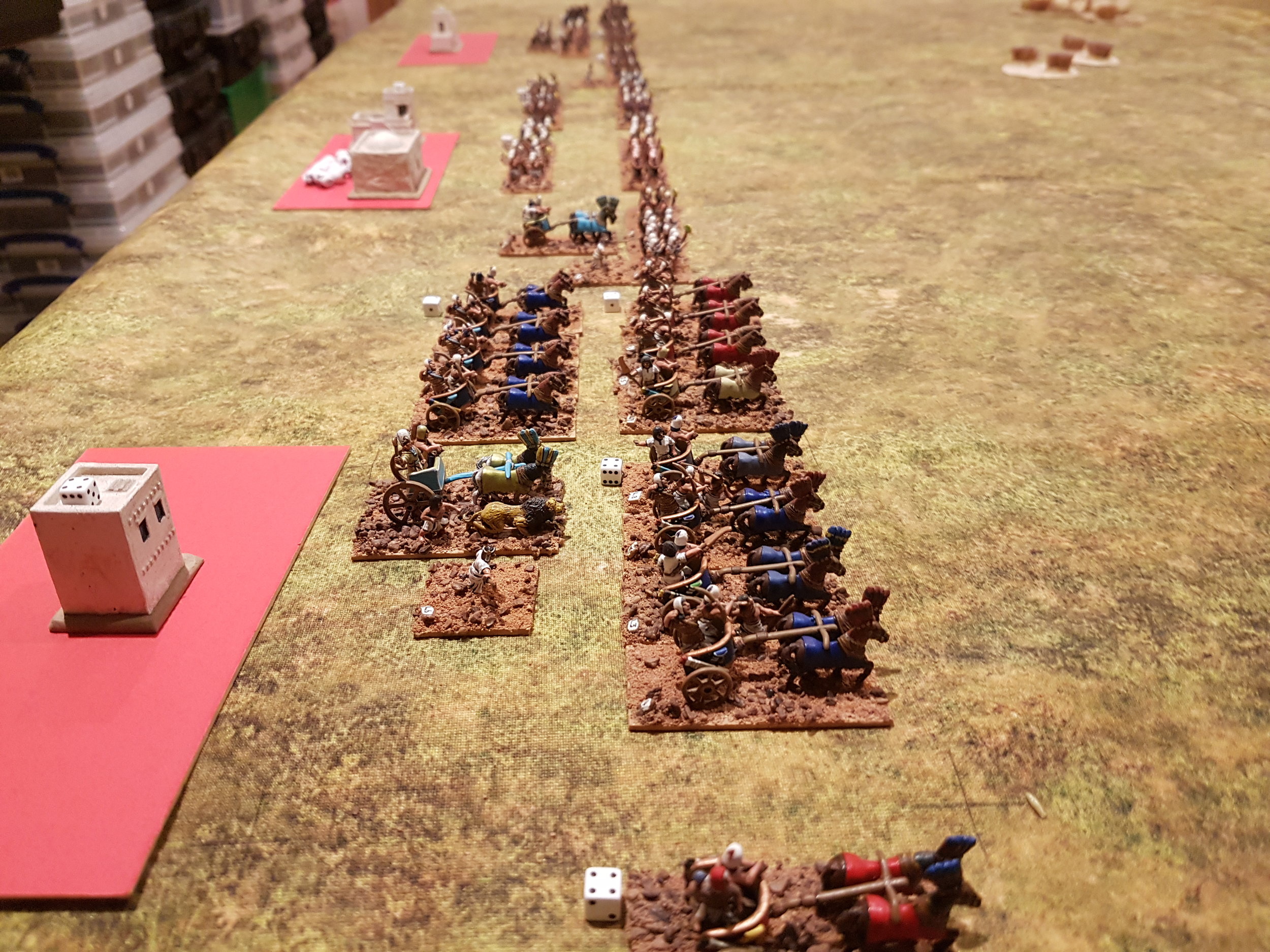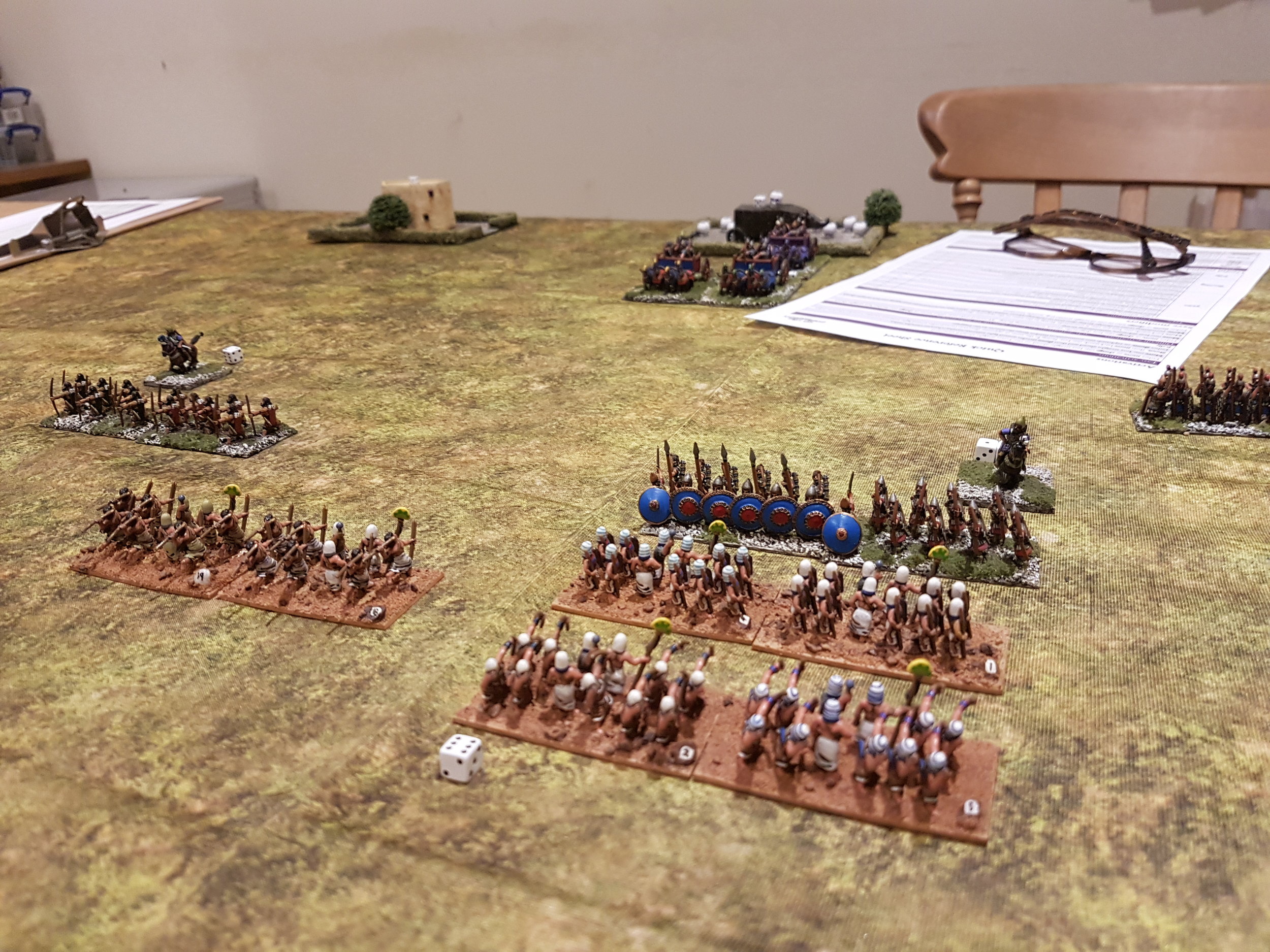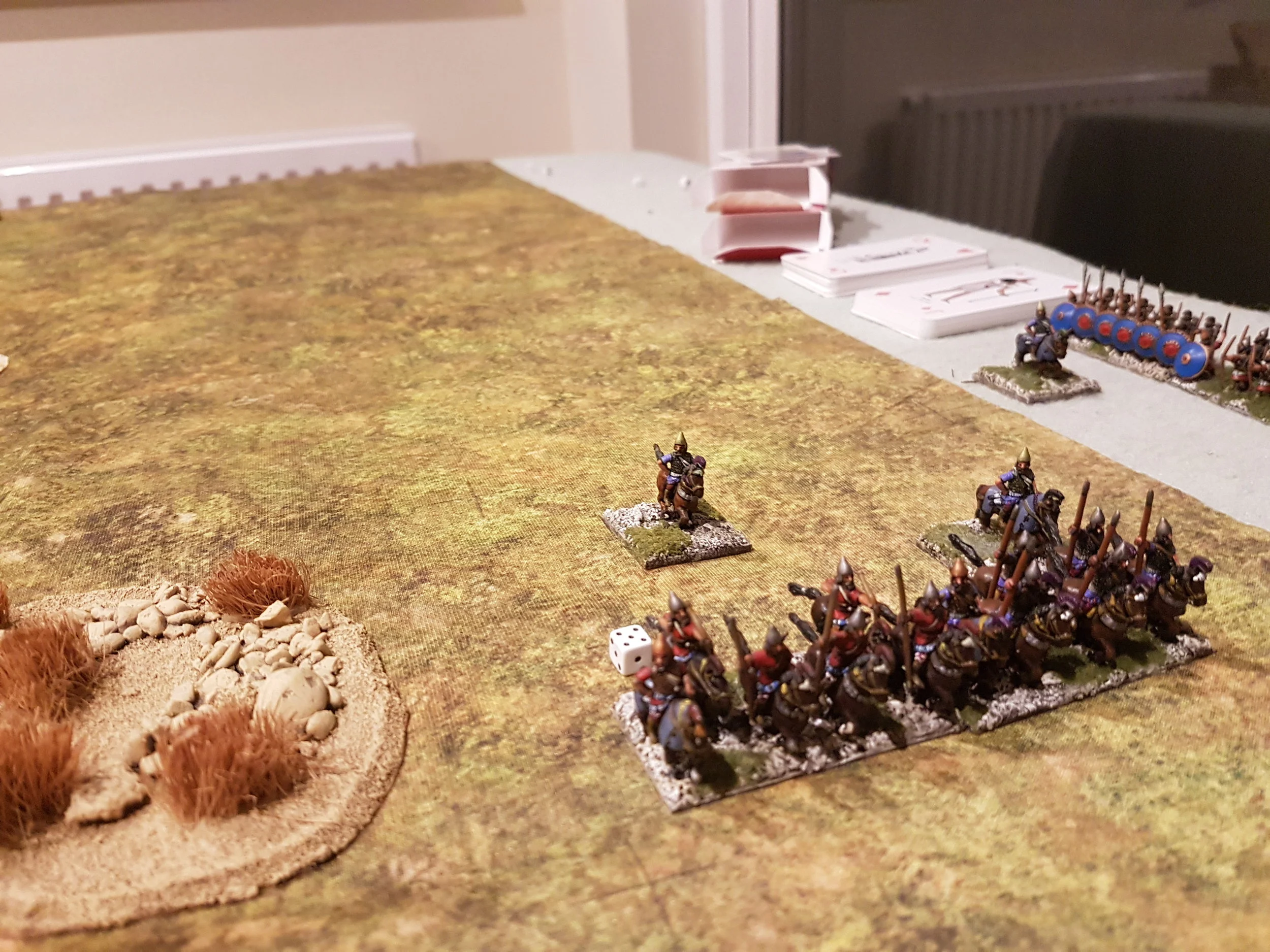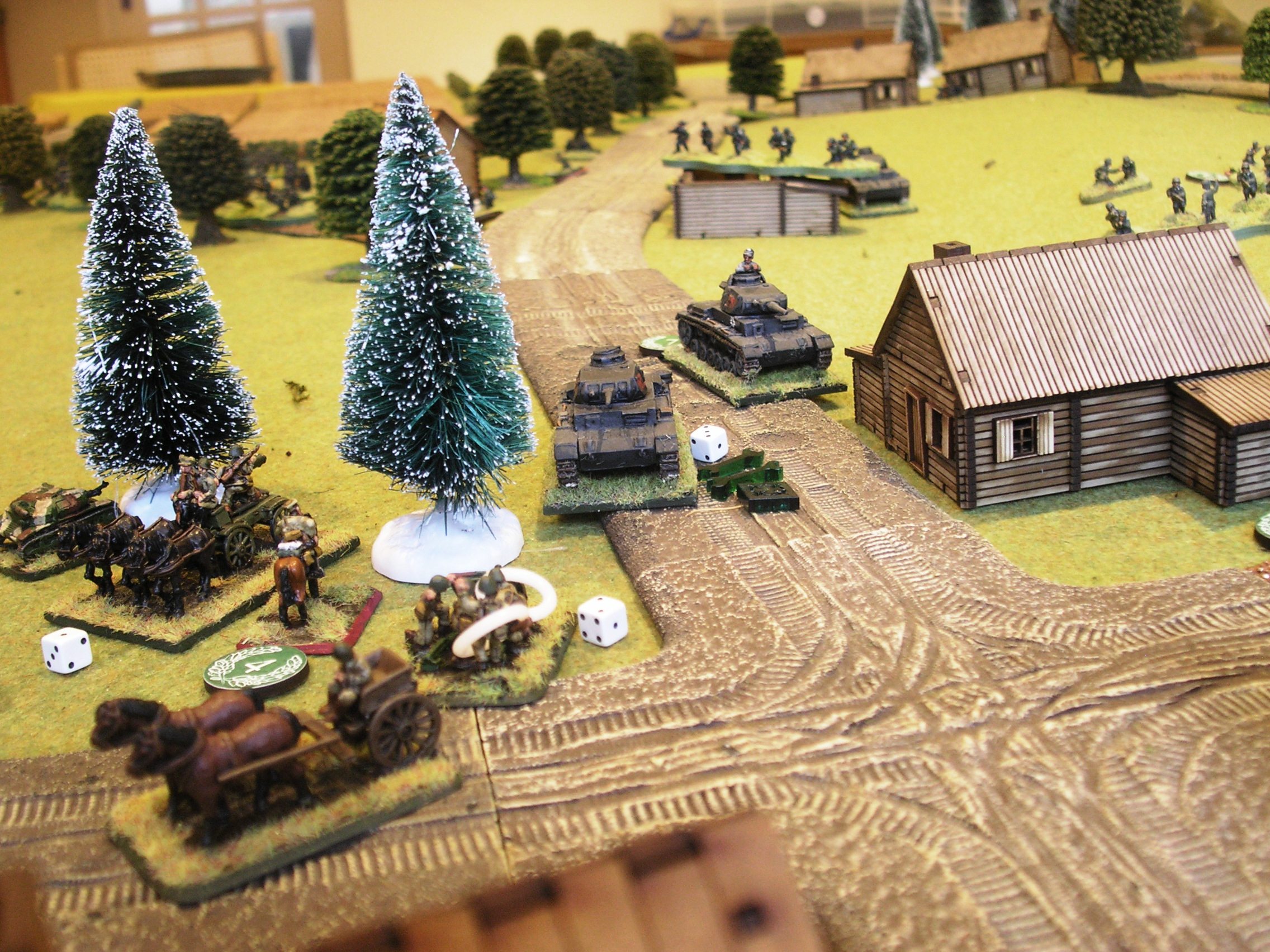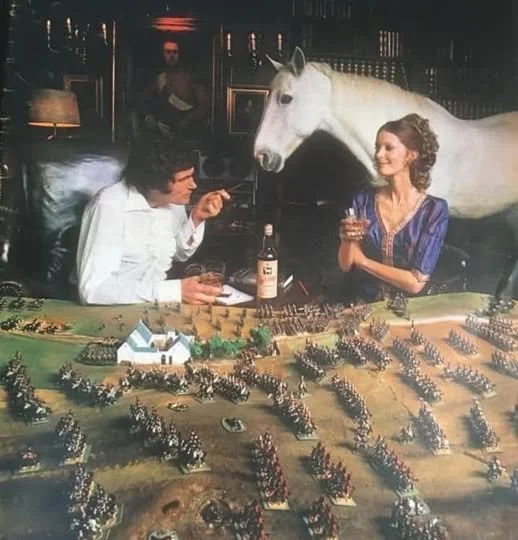Not sure if anyone saw this, but here’s a nice comment on my last AAR (see below: The Narew Crossing) taken from The Miniatures Page’s forum:
I don't mean to tell anyone else how they should or should not play their wargames …
But this AAR is a great example of how I LIKE my wargames to go!
Hardly matters what the figure scale is, or what the ruleset is. Maybe it matters a little, but not a lot.
What matters are the interests and spirit of the gamers … the game master more, and the rest of the gamers a little less but still to an important extent.
From the AAR:
The game was a screening mission. Provided the bridge remained in Polish hands (i.e. no German troops were in base-to-base contact with the bridge) each time the Turn Card appeared, Polish engineers would roll a D6. Once the total rolled hit 25, any Polish Big Man could order the bridge blown.
Kudos for a thoughtful construction of a scenario, with scenario-specific rules related to victory conditions.
Long range exchange of fire continued on for a couple of turns, until … the Germans, realised that (they) had no hope of winning the game at this distance, and would need to get up close and fight … through to the bridge the hard way!
These kinds of comments, which appear several times in the AAR, show how the AAR writer's (also game master's) thinking runs. The scenario was constructed, with some success it seems, to create tactical problems that the gamers would have to solve. More kudos!
That left the last remaining Panzer (a Panzer III) free to drive forward onto the bridge itself, scattering the Polish engineers still setting their charges. Although we did have a quick debate as to whether the Panzer counted as "troops", I conceded that it probably did (Bevan: "well you tell me: you wrote the scenario!")…
When I read this, it cemented my opinion -- these are guys I'd enjoy gaming with! Lots of competitive spirit in the play of the game, but no rules-lawyering or victory-conditions-maneuvering to gain an advantage.
Again, not meaning to tell anyone else how they should play, but for me, I find little interest in a parking lot of tanks and a bucket of dice, or in haggling over whether a single strand of barbed wire is an obstacle to AT cannons ("where in the rules does it say that barbed wire is a linear obstacle to infantry movement, but not to heavy weapons fire?").
What I do find interesting … fascinating … obsessively engaging … is just about everything we see in this AAR.
Nicely done.
-Mark
(aka: Mk 1)
Nice to be appreciated!







